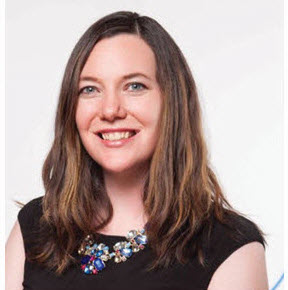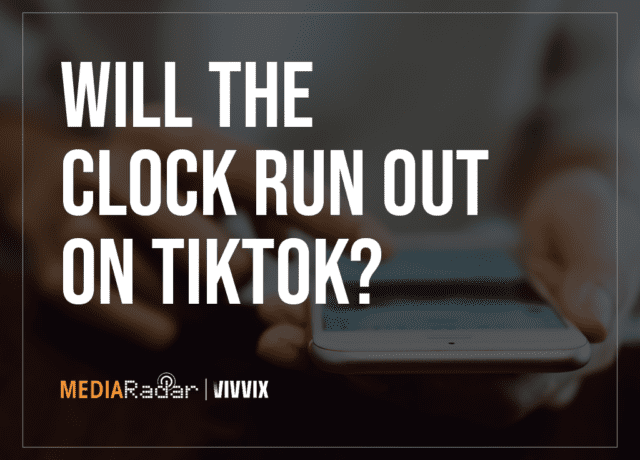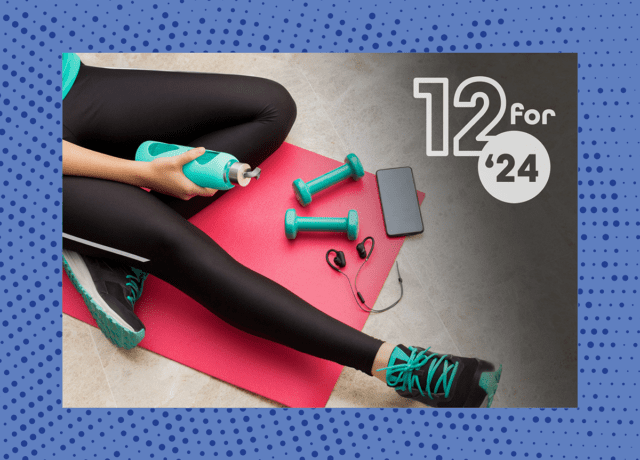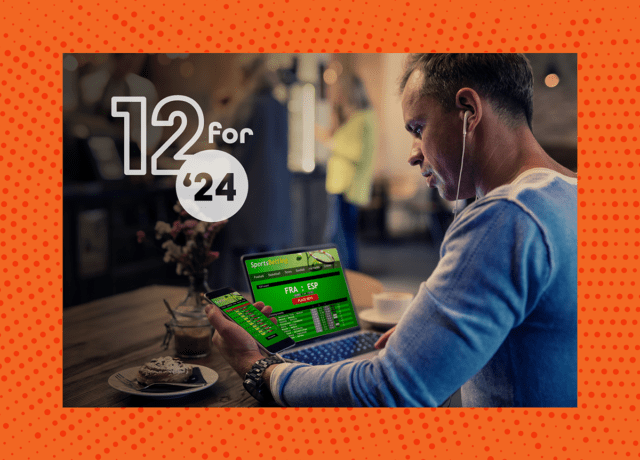 On April 5th, 2018, MediaRadar hosted a panel to discuss the state of the media industry following the recent, sweeping changes made by Facebook.
On April 5th, 2018, MediaRadar hosted a panel to discuss the state of the media industry following the recent, sweeping changes made by Facebook.
In January, Facebook introduced algorithm changes to its News Feed, prioritizing the content that friends and family share and comment on, while de-emphasizing content from publishers and brands. The changes shifted expectations and strategies for content owners who’ve long valued Facebook for both traffic and engagement.
The name of the event was “Facebook vs. Snapchat: What’s Next for Third-Party Distribution?”
The panel consisted of six digital media and advertising experts, discussing how publishers, brands, and agencies might be able to navigate the new media landscape, how they’ll adapt to the shift, and about what potential third-party distribution platforms, like Snapchat or Twitter, might rise up and fill the void left by Facebook.
MediaRadar Co-Founder and CEO, Todd Krizelman was among the panelists. He was joined by five other industry experts, all with various, but impressive backgrounds.
The Panelists
|
After that, Todd joined the largest European media company, Bertelsmann, where he worked for their publishing businesses, Gruner + Jahr and Random House. It was then that Todd began to recognize the challenges of selling advertising, including lack of data, time-intensive research, and the increasingly fragmented landscape of advertising. With his expertise in ad sales and innovation, Todd joined veteran web architect, Jesse Keller, to found MediaRadar in 2007. |
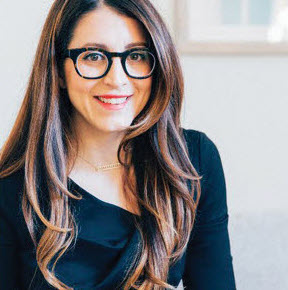 Maia McCann (@maiastar) | Editor-in-Chief & EVP of Programming, LittleThings |
|
|
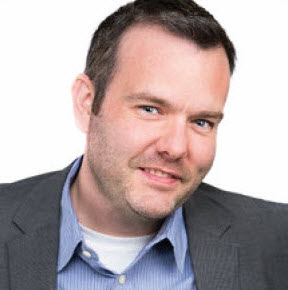 Brian Madden | SVP of Development, Hearst Digital Media Brian Madden | SVP of Development, Hearst Digital MediaBrian Madden is SVP of Development at Hearst Digital Media. Previously, he spent more than nine years at Condé Nast Publications, where he built and lead a business intelligence team that transformed the use of analytics, resulting in increased productivity, business insight and significant cost savings. Madden holds a B.A. in English and a B.B.A in Marketing from the college of William and Mary. |
The Space
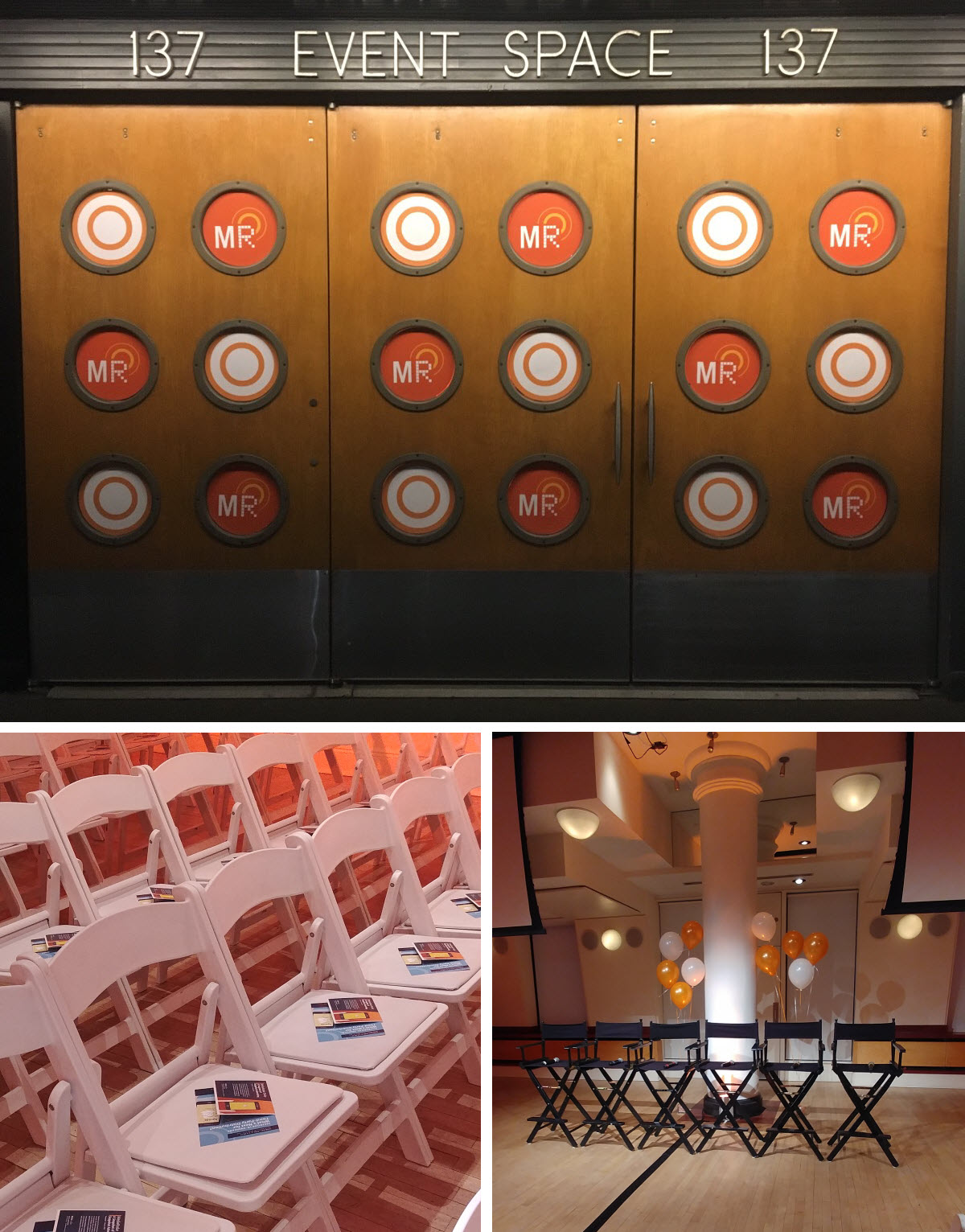
The Facebook vs. Snapchat panel was held at the gorgeous Helen Mills event space in midtown Manhattan. The beautiful space and incredible food would have served as enough for visitors, but that’s only where the night began.
Five Takeaways
Aside from the space itself, attendees were treated with a thought-provoking conversation from the panelists. The discussion included an abundance of insights, anecdotal and otherwise, with enlightening perspectives and interesting stories about the media industry.
Let’s take a look at some of the most interesting ideas, insights, and stories from the night. Here are 5 interesting takeaways from, “Facebook vs. Snapchat: What’s next for third-party distribution?”
1. For LittleThings, there’s no grudge against Facebook.
Maia McCann entered the panel with an experience completely unique to any of the other panelists. She was the Editor-in-Chief for LittleThings, the digital media firm that recently shuttered in the wake of Facebook’s algorithm changes.
Marty Swant’s very first question of the night was directed solely at McCann, as he simply asked, “What happened? Could you tell us about the rise and fall of LittleThings?”
Maia stated that the company was “born out of viral Facebook traffic.”
“We toyed with the idea of diversifying traffic, but we made a decision to look at Facebook as five different avenues of distribution. We looked at Facebook as a landscape. There was an idea that this landscape was never really going to change.”
Unfortunately, their strategy did not serve them well, as Facebook’s landscape did change. LittleThings was not built to withstand those changes, losing about 75% of their organic traffic, which killed their profits and caused the company to shut down.
In light of the shut down, one might assume that McCann would have bitter feelings towards Facebook’s algorithm changes. In her comments, however, she expressed a much more positive outlook, devoid of grudges. In fact, she appeared grateful:
“There’s been a lot in the press about how Facebook killed LittleThings. I really don’t feel that way. I don’t have rage dreams about Mark Zuckerberg. Facebook made my career.”
She noted that Facebook gave her the giant audience that led to her success, and that, without it, she’d just be “writing somewhere.” McCann also added that there was “probably a route out of it,” in reference to the decisions LittleThings made leading up to its shut down. “Hindsight is 20/20,” said McCann.
Maia McCann implied that LittleThings would not have existed without Facebook, and that the company itself may not have handled their own strategy as well as they could’ve. Facebook was not the sole reason for LittleThings’ shutter, therefore there’s no reason for them to hold a grudge.
2. Traffic sourcing strategies vary greatly.
Something to note in McCann’s comments about LittleThings, was how they approached traffic sourcing. They relied almost solely on Facebook. Regardless of LittleThings’ fate, however, this showed one very specific approach to gaining an audience.
When the other panelists discussed their own strategies, it became evident that media companies can, and do, approach traffic sourcing in completely different ways.
Brian Madden of Hearst Digital discussed how the company “never wanted to focus on a single source of traffic.” They focused on multiple sources, to diversify their audience, maximize growth potential, and avoid having a heavy dependence on a single source (i.e. Facebook).
LittleThings and Hearst presented two contrary ways of seeking traffic. Regardless of outcome, however, neither one of these ways is right or wrong – they’re simply different.
3. In media, experimenting is key.
Throughout the panel, one of the consistent themes was that, for media companies, experimenting with different content platforms is crucial. Brian Madden spoke heavily on Hearst’s diligence with experimentation and how it has fueled their multi-platform – and overall – success.
“We always knew something else was coming, so we wondered how we’d be first on every platform… Being able to experiment in a lot of different places has been key.”
Even in rehashing the story of LittleThings, Maia McCann stated that, if given a second chance, she would, “diversify traffic, hire people for SEO, look at YouTube, and look at Snapchat.” In other words, she wishes they had experimented with more platforms.
Experimenting across platforms allows media companies to better understand where they should and shouldn’t be producing content. It allows them to better understand which platforms and audiences are the most profitable, and where they might be able to find long-term success. Media companies can never truly know the value of their content until they’ve tested it in a variety of places.
4. Content should be “Story”-driven.
One thing that Snapchat and Instagram do extremely well, is showcase content in a “story” format. Kieley Taylor of [m]PLATFORM expressed her thoughts that “Stories” and “Moments” would be a large factor in filling the Facebook void.
“The story-telling format that we’ve seen the most success with, is the ‘Stories’ format. The thing that is working across a lot of distribution points, where a lot of people are trying to spend their time, is ‘Stories.’ [i.e.] Instagram Stories, obviously Snapchat.”
She referred to this “mobile-first, social native” format as something of great value.
A large part of Facebook’s success has been their utilization of vertical content. In the wake of their algorithm changes, however, Snapchat and Instagram are now the best at incorporating those vertical qualities for publishers, and currently have the best “Stories” feature.
So, not only should publishers and advertisers look to tell a story within their content, they should also look to utilize the “Stories” format on Snapchat and Instagram to communicate that content to their audience, and potentially fill the vertical content void left by Facebook.
5. SEO fuels long-term success.
Emily Cohn of Business Insider was a strong advocate for search engine optimization (SEO), especially as it relates to the long-term success and profitability of content.
“Search is our number one source of traffic,” said Cohn. And while Business Insider may thrive more on search than other companies, that does not devalue the long-term profitability that they’ve seen from their SEO efforts. Cohn explained:
“Around 80% of our search traffic is stories that were not published today. One of our top-searched stories is from 2014. Search is valuable to us because it’s making our whole ten years worth of content really valuable.”
While media companies may find high rates of traffic from social media, a single viral post may not lead to long-term content profitability. Cohn expressed her concerns with relying on a social platform like Twitter:
“Twitter creates content, but only for a day. It’s hard to lean into a media that is so short-lived.”
Maia McCann also expressed her belief in the value of SEO, saying that LittleThings got rid of their SEO team amidst company cuts, and that in hindsight, doing so was a “huge mistake.”
Search engine optimization is something that cannot be overlooked by media companies. As platforms like Facebook decide to make drastic changes, search can create sustainability in content – or in the case of LittleThings, could be the thing that keeps them afloat.
While these five takeaways were certainly some of the highlights of the night, the entire panel was nearly an hour long, with many terrific questions from Marty Swant and the audience, and a bundle of great insights from our panel.
See the live stream in its entirety below:
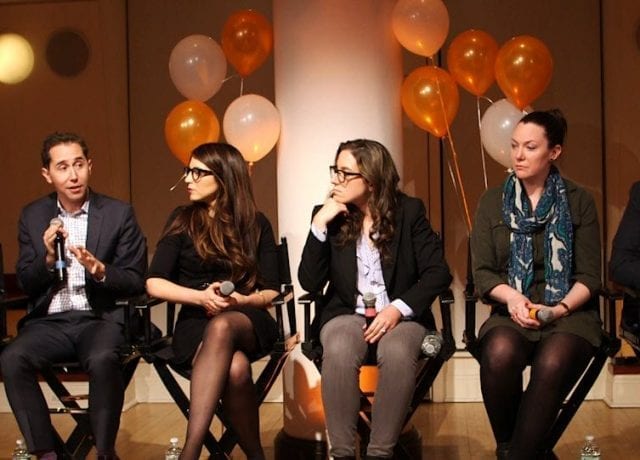

 Todd Krizelman (
Todd Krizelman ( Emily Cohn (
Emily Cohn (